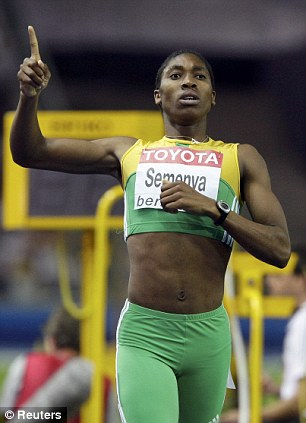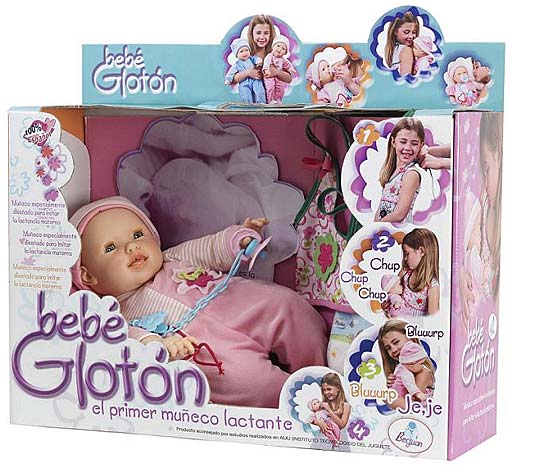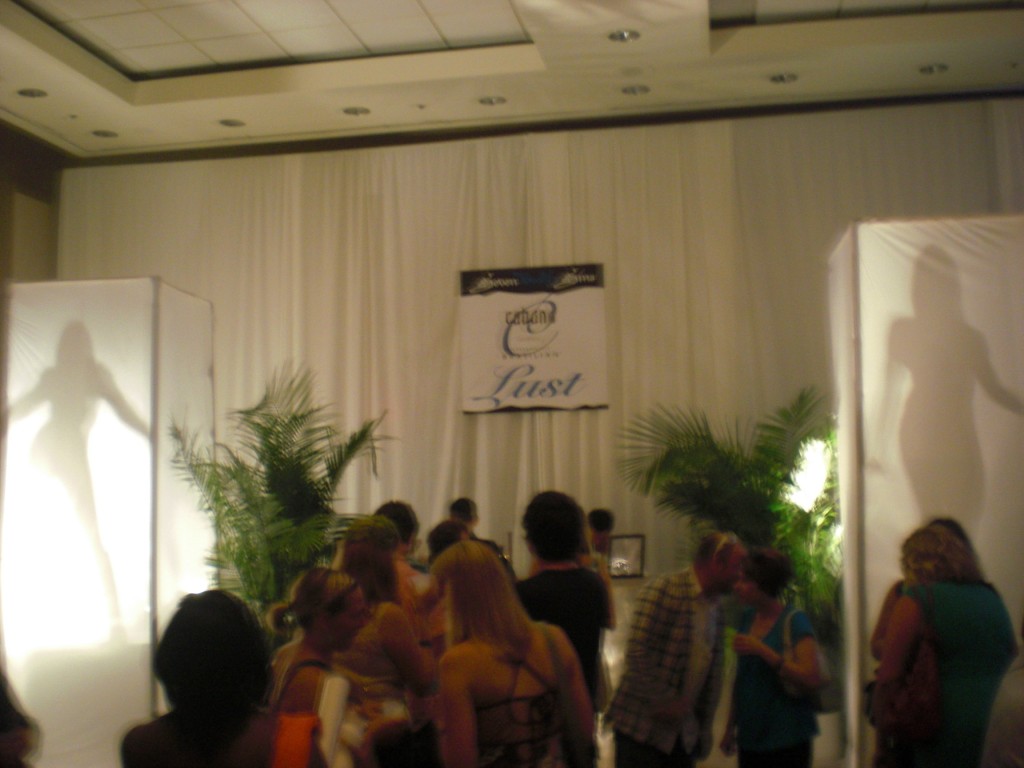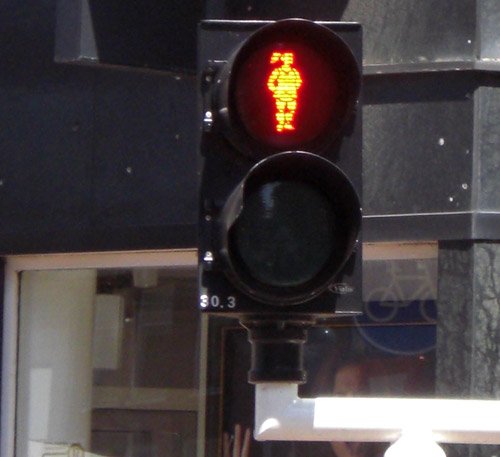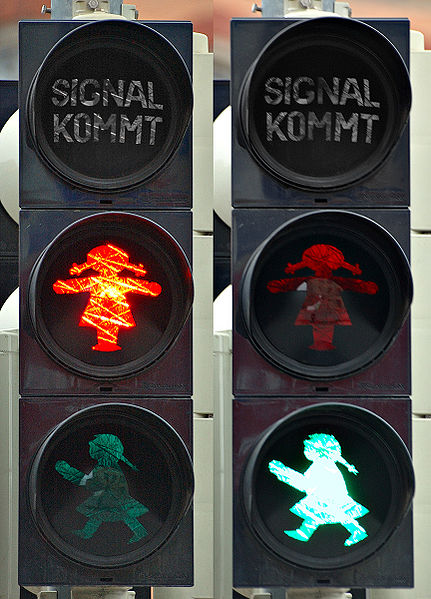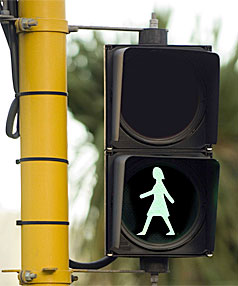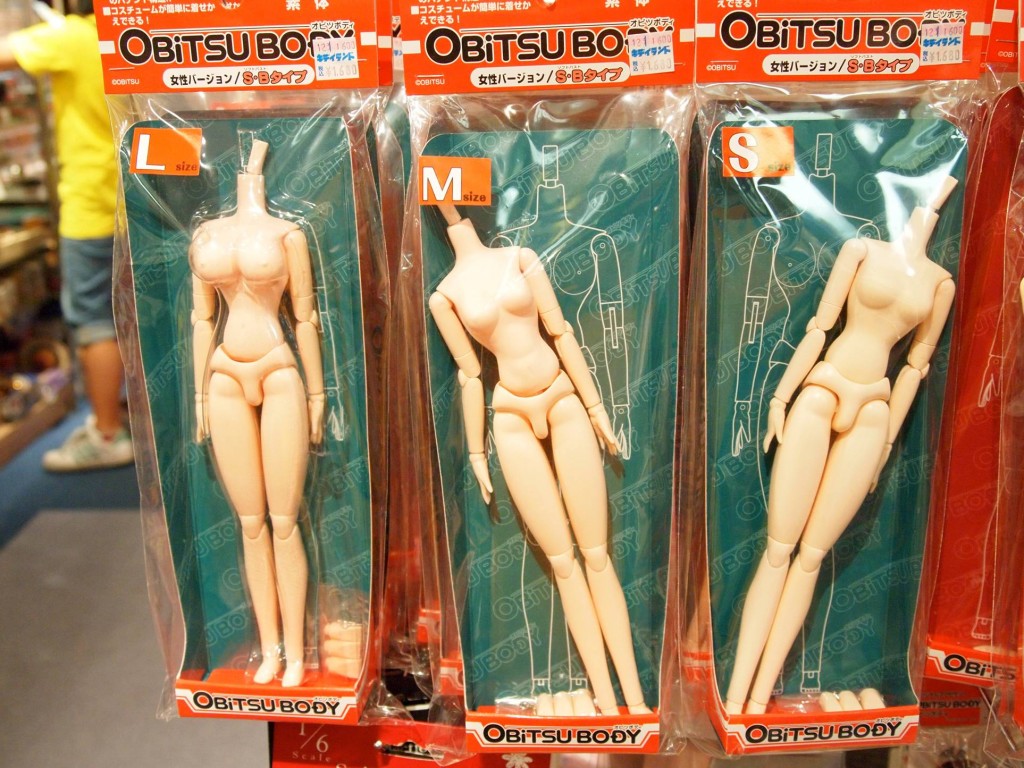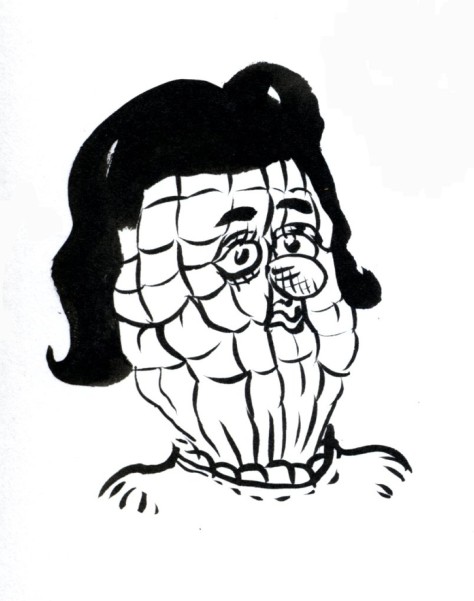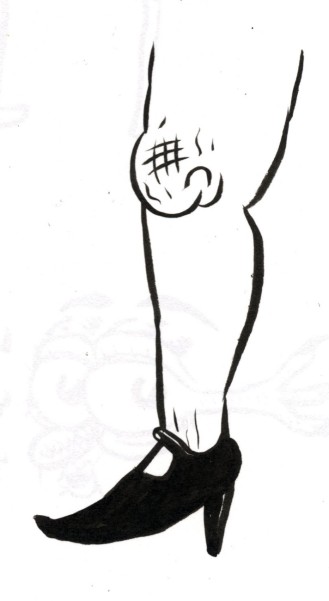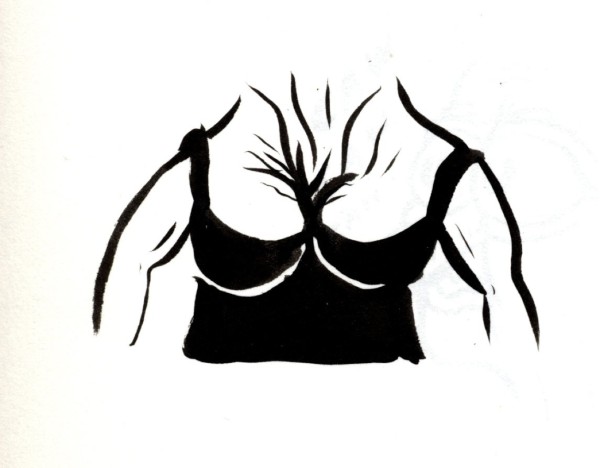Etan B. sent in this ad (found Etan’s blog) that the CDU, a conservative German political party, is using to compare its candidate, Vera Lengsefeld, to Angela Merkel. The ad shows a photo of Merkel on the left and Lengsfeld on the right. Both women are in dresses that reveal cleavage (the photo of Merkel generated a lot of discussion when it first appeared about whether she was dressed too sexily):

The text on the left, across the image of Merkel, says “We have more to offer,” the implication being, of course, that the conservative party has more to rely on than cleavage. Lengsfeld explained the ad this way:
If only a tenth of them also look at the content of my policies, I will have reached many more people than I could have done with classic street canvassing.
UPDATE: Now I’m confused. Elena says,
Merkel is the chairwoman of the CDU. Both women belong to the same party, and according to the ad both have “[more] to offer”.
I apologize for the confusion about Merkel’s party–I read in two different places the account I gave above. So I guess the CDU is basically saying you should vote for it because it has candidates that are sexy? I kinda think that’s actually worse than what I originally thought it was. Elena, thanks so much for the clarification!
You can also read an article about the controversial ad at NPR.
As Etan points out, it’s reminiscent of the scrutiny Hillary Clinton received after she wore this outfit on the Senate floor:

As far as men go, in 2000 Rolling Stone was accused of airbrushing this cover photo of Al Gore to make his crotch bulge bigger (via):
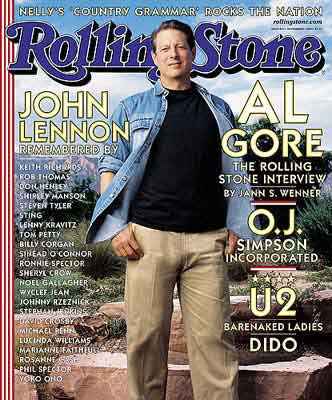
So there are lots of examples of efforts to delegitimize political candidates by focusing on their looks or sexuality, but the Lengsfeld one is the most blatant I’ve seen recently.


